Atacama Desert: An unparalleled destination
Northern part of Chile is home to the driest desert in the world. It is a must for travelers who want to discover and experience a wide variety of places, climates and settings.
Northern part of Chile is home to the driest desert in the world. It is a must for travelers who want to discover and experience a wide variety of places, climates and settings.
The Atacama Desert is nestled between two mountain ranges. Both the Andes and the Coastal Range protect it from rain and storms. It dissipates the moisture that comes from the Pacific Ocean and even the Amazon basin. There is also a phenomenon called the Pacific anticyclone. It brings dry trade winds from south to north.
In this sense, rain is truly infrequent and moisture very scarce in the Atacama Desert. That is why it has been given the name of the driest desert in the world.
The weather conditions and the dunes in Atacama make it deal terrain for practicing the exploration of Mars.
The uneven terrain and variations in altitude make it an ideal place for off-road sports and those looking to climb high-performance peaks.
The boundaries of the Atacama Desert are the Andes Mountains and the Coastal Range. However, as a dry region it does not tend to have snow-capped peaks, except for the highest ones.
The Atacama Desert’s ecosystem is dictated by its aridity. The flora is mostly composed of cactus species and the fauna are species that have adapted to the extreme conditions there.
Our lodge is in the beautiful Larache Ayllu, once inhabited by ancestral Atacameño families.
It has different services and spaces to ensure the comfort of travelers staying in this magical place. They will find a restaurant and Spa service – with a swimming pool, sauna, steam baths and massages – and be able to choose from among our over 45 explorations in different modalities and levels of difficulty. See more.
The weather conditions and the dunes in Atacama make it deal terrain for practicing the exploration of Mars.
The uneven terrain and variations in altitude make it an ideal place for off-road sports and those looking to climb high-performance peaks.
The boundaries of the Atacama Desert are the Andes Mountains and the Coastal Range. However, as a dry region it does not tend to have snow-capped peaks, except for the highest ones.
The Atacama Desert’s ecosystem is dictated by its aridity. The flora is mostly composed of cactus species and the fauna are species that have adapted to the extreme conditions there.
Our lodge is in the beautiful Larache Ayllu, once inhabited by ancestral Atacameño families.
It has different services and spaces to ensure the comfort of travelers staying in this magical place. They will find a restaurant and Spa service – with a swimming pool, sauna, steam baths and massages – and be able to choose from among our over 45 explorations in different modalities and levels of difficulty. See more.
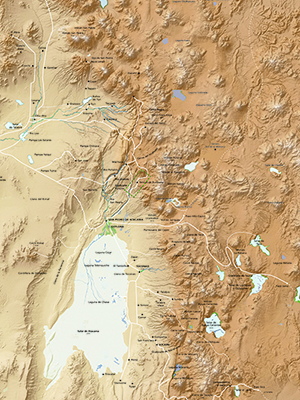
The desert has an approximate area of 105,000 square kilometers- It covers four regions in the far north of Chile: the Arica and Parinacota, Tarapacá, Antofagasta and Atacama Regions.
The Tropic of Capricorn, which delimits the end of the intertropical zone, crosses it.
Because of the unique features of the terrain, there is a significant difference between daytime and nighttime temperatures.
San Pedro de Atacama is in an oasis in the middle of the vastness of the desert. The San Pedro River is formed about 12 kilometers north of the town, at the confluence of the Grande and Chuschul Rivers. Its existence allowed an agricultural area and settlement to arise, which then became a community.
Many travelers choose San Pedro de Atacama as a destination due to its proximity to the desert. There is the possibility to see the wonders that have arisen thanks to these conditions. This is why we invite you to visit Explora in Atacama, where travelers can disconnect from their routines. We invite you to explore every corner of this vast territory together with our all-inclusive programs. They include accommodation, meals and beverages, airport transfers and, most important, our explorations.
Explora in Atacama will allow you to face the immensity of nature and to have a unique cultural experience. It is located only a few minutes from the center of San Pedro de Atacama.
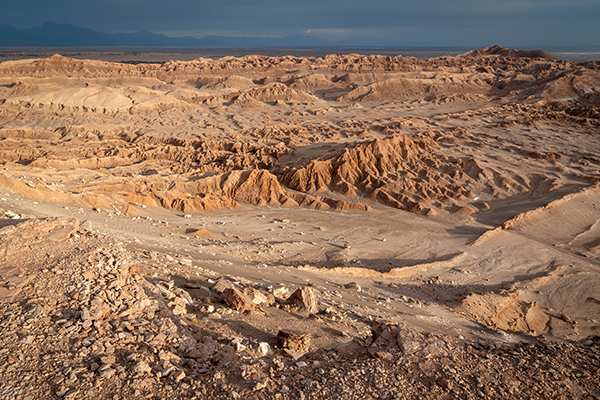
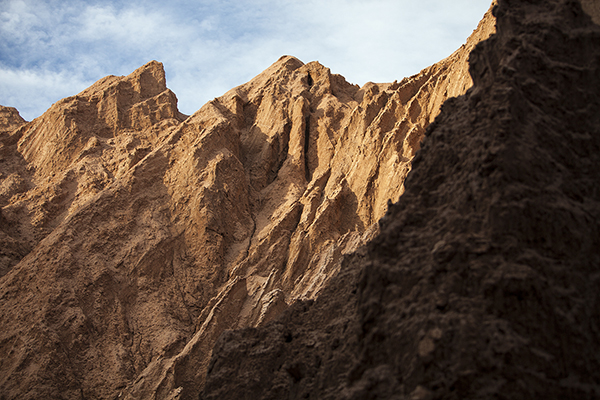
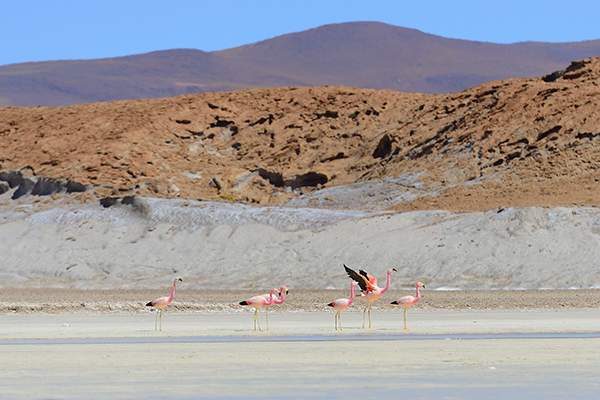
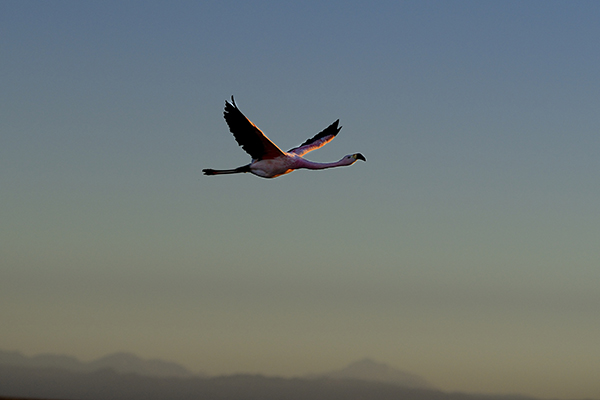
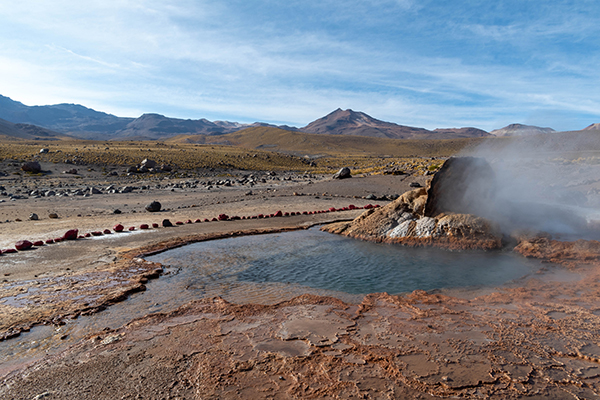
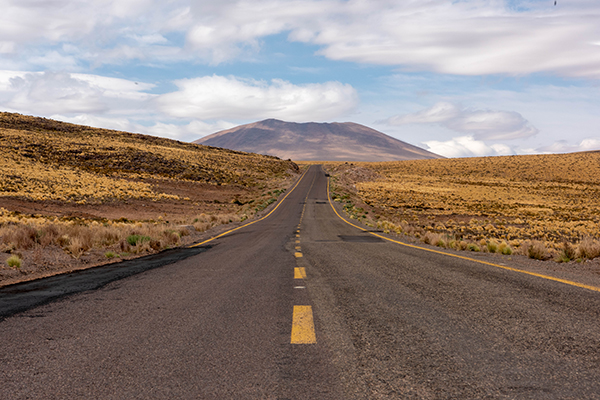
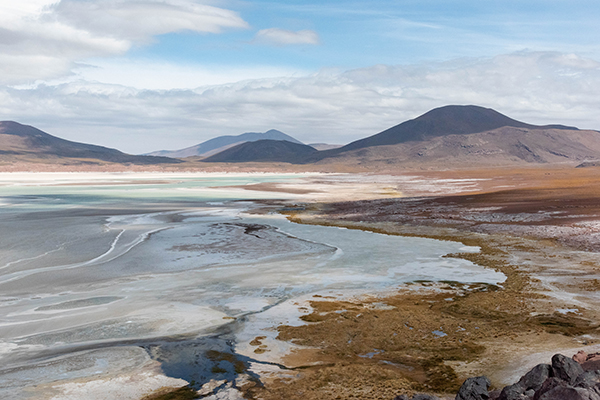
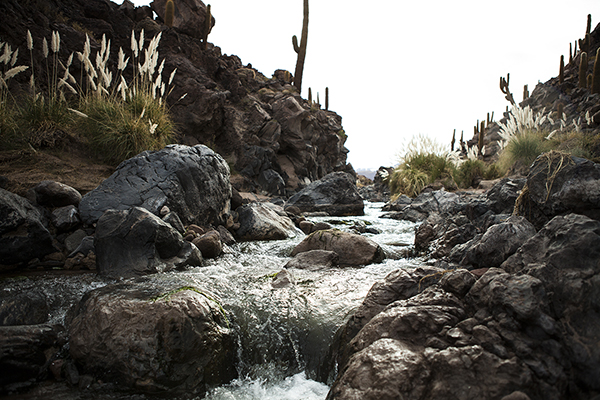
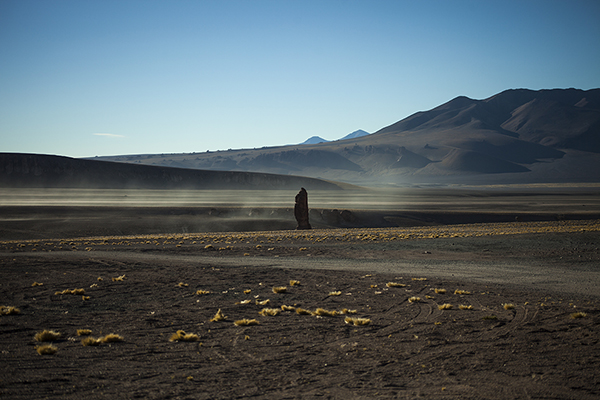
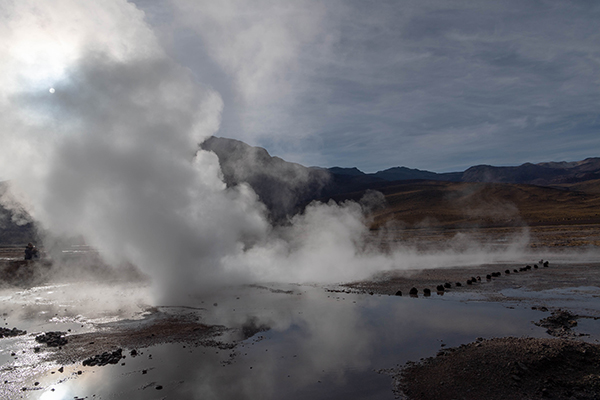
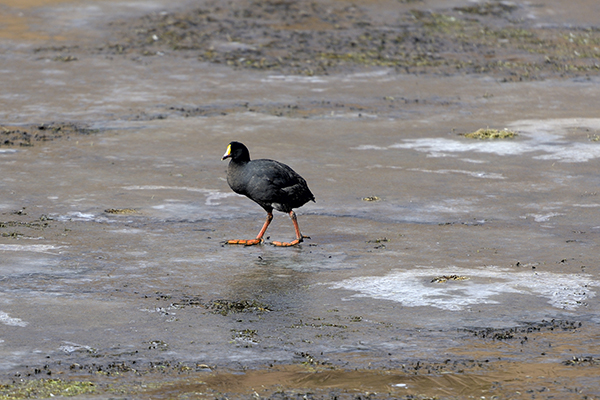
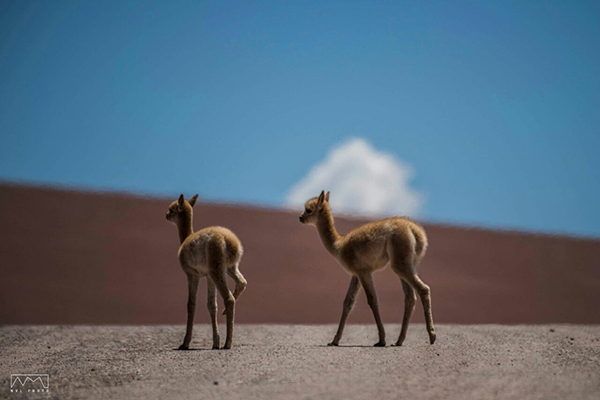
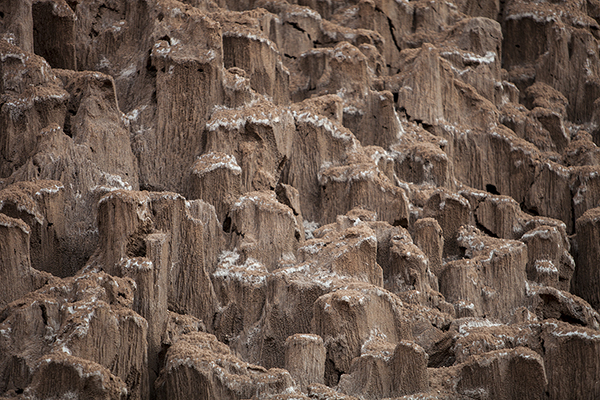
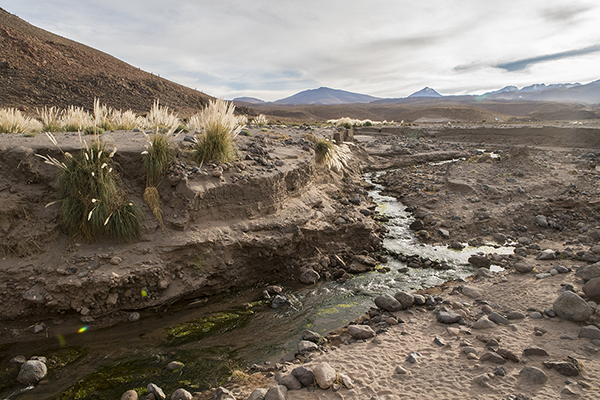
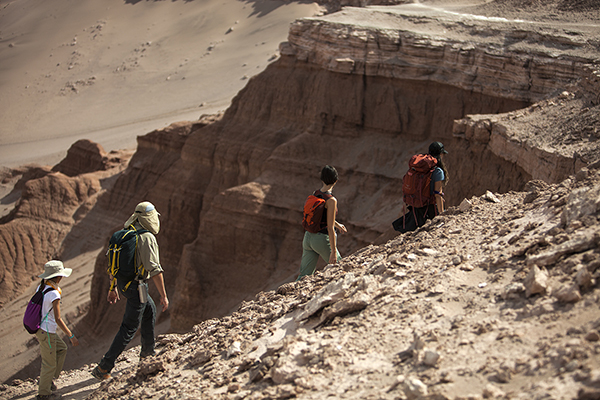
We explore some of the most emblematic areas of the Atacama Desert on foot, at our own pace. The Valley of the Moon, the Atacama salt flat and monumental gorges help us to appreciate the variations in the terrain and the details that make up this landscape.
Do you want to explore the driest desert in the world? Get to know our hikes.
Discover what it means to feel the desert wind in a bike ride through old Atacameño communities. Cover distances where you can appreciate the contrast between the dry lands and the lagoons that emerge as the exception to the rule in this landscape.
Do you want to swim in one of the first lagoons of San Pedro de Atacama? Get to know our Cejar exploration.
The desert dunes emerge as an endless pattern. One way to overcome them is on horseback. The landscape of immensity and the company of the horses come together for a memorable afternoon.
Do you want to ride cross the Dunes of Atacama? Find out more about our horseback rides.
For those seeking a challenge, we offer the chance to clime the highest mountains in the area. It is a difficult trail, but the reward of the summit is unmatched.
Want to observe this territory from above? Check out our high mountain explorations.
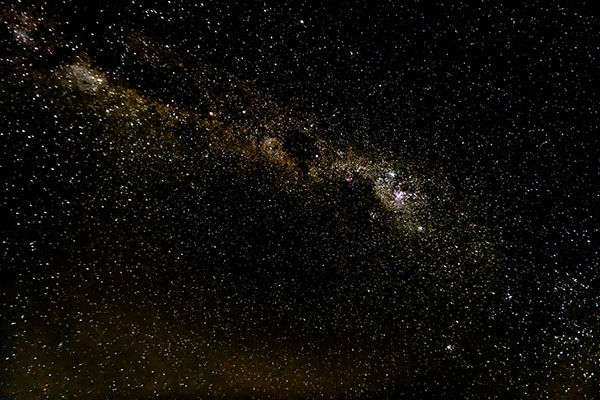


The Atacama Desert has one of the clearest skies in the world. It is one of the best places for observing the stars. It concentrates a large percentage of the world’s astronomical activity. That is why it has become a coveted destination for the lovers of stars and photography.
The altitude, the scant light pollution and low humidity make the Atacama night sky a spectacle in itself.
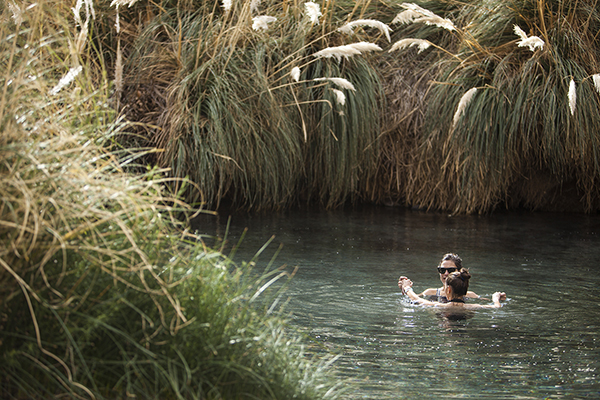


There is so much to see in the Atacama Desert. It is important to take advantage of your time during the stay. However, the Puritama Hot Springs emerge as a pause in the middle of your journey. It is a moment to relax and admire the landscape around you.
These thermal waters have a pleasant temperature ranging between 28°C and 31°C and are also full of minerals that will help you to revitalize your body so it can recover from previous expeditions and prepare for what remains of the trip.
It is 28 km from San Pedro de Atacama and 3,000 meters above sea level. Its location in the middle of a canyon gives up breathtaking views of nature. An unmissable moment of contemplation.



We explore some of the most emblematic areas of the Atacama Desert on foot, at our own pace. The Valley of the Moon, the Atacama salt flat and monumental gorges help us to appreciate the variations in the terrain and the details that make up this landscape.
Do you want to explore the driest desert in the world? Get to know our hikes.
Discover what it means to feel the desert wind in a bike ride through old Atacameño communities. Cover distances where you can appreciate the contrast between the dry lands and the lagoons that emerge as the exception to the rule in this landscape.
Do you want to swim in one of the first lagoons of San Pedro de Atacama? Get to know our Cejar exploration.
The desert dunes emerge as an endless pattern. One way to overcome them is on horseback. The landscape of immensity and the company of the horses come together for a memorable afternoon.
Do you want to ride cross the Dunes of Atacama? Find out more about our horseback rides.
For those seeking a challenge, we offer the chance to clime the highest mountains in the area. It is a difficult trail, but the reward of the summit is unmatched.
Want to observe this territory from above? Check out our high mountain explorations.



The Atacama Desert has one of the clearest skies in the world. It is one of the best places for observing the stars. It concentrates a large percentage of the world’s astronomical activity. That is why it has become a coveted destination for the lovers of stars and photography.
The altitude, the scant light pollution and low humidity make the Atacama night sky a spectacle in itself.



There is so much to see in the Atacama Desert. It is important to take advantage of your time during the stay. However, the Puritama Hot Springs emerge as a pause in the middle of your journey. It is a moment to relax and admire the landscape around you.
These thermal waters have a pleasant temperature ranging between 28°C and 31°C and are also full of minerals that will help you to revitalize your body so it can recover from previous expeditions and prepare for what remains of the trip.
It is 28 km from San Pedro de Atacama and 3,000 meters above sea level. Its location in the middle of a canyon gives up breathtaking views of nature. An unmissable moment of contemplation.
After arriving in Santiago, Chile’s capital city (SCL), you need to take a 2-hour connecting flight to the city of Calama. From Monday to Friday, LATAM Airlines, Sky Airlines and Jetsmart offer daily flights.
San Pedro de Atacama and its surrounding area have a very dry and mild climate year round.
During winter (June – September), the average daytime temperature ranges from 9º C (48º F) to 24º C (75º F). During summer (December – March), daytime temperatures fluctuate between 13º C (55º F; early morning) and 25º C (77º F; evening), with a maximum of approximately 32º C (90º F).
Ninety percent of the days are clear and sunny. However, between mid-December and the beginning of March, occasional rains and snow in higher areas result in what is called the Altiplano Winter.
To be able to explore every corner of this territory without any problem, we recommend that you bring the following clothing:
After arriving in Santiago, Chile’s capital city (SCL), you need to take a 2-hour connecting flight to the city of Calama. From Monday to Friday, LATAM Airlines, Sky Airlines and Jetsmart offer daily flights.
San Pedro de Atacama and its surrounding area have a very dry and mild climate year round.
During winter (June – September), the average daytime temperature ranges from 9º C (48º F) to 24º C (75º F). During summer (December – March), daytime temperatures fluctuate between 13º C (55º F; early morning) and 25º C (77º F; evening), with a maximum of approximately 32º C (90º F).
Ninety percent of the days are clear and sunny. However, between mid-December and the beginning of March, occasional rains and snow in higher areas result in what is called the Altiplano Winter.
To be able to explore every corner of this territory without any problem, we recommend that you bring the following clothing:
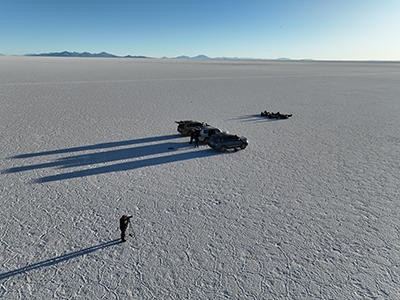

The Travesía Atacama & Uyuni begins or ends in the driest desert on Earth: Atacama It crosses some of the most spectacular landscapes in the world, with unique ecosystems along the way.
Altiplano, a landscape beyond the Atacama Desert.
An elevated plateau rises up on the boundaries of the desert. A new terrain, the crossroads between four countries and the experience of Andean peoples that have traveled its paths for hundreds of years.
The somewhat more stable conditions made the settlement of different communities possible. Time turned them into civilizations that have left important legacies: domestication of the potato and animal species like llamas and alpacas.